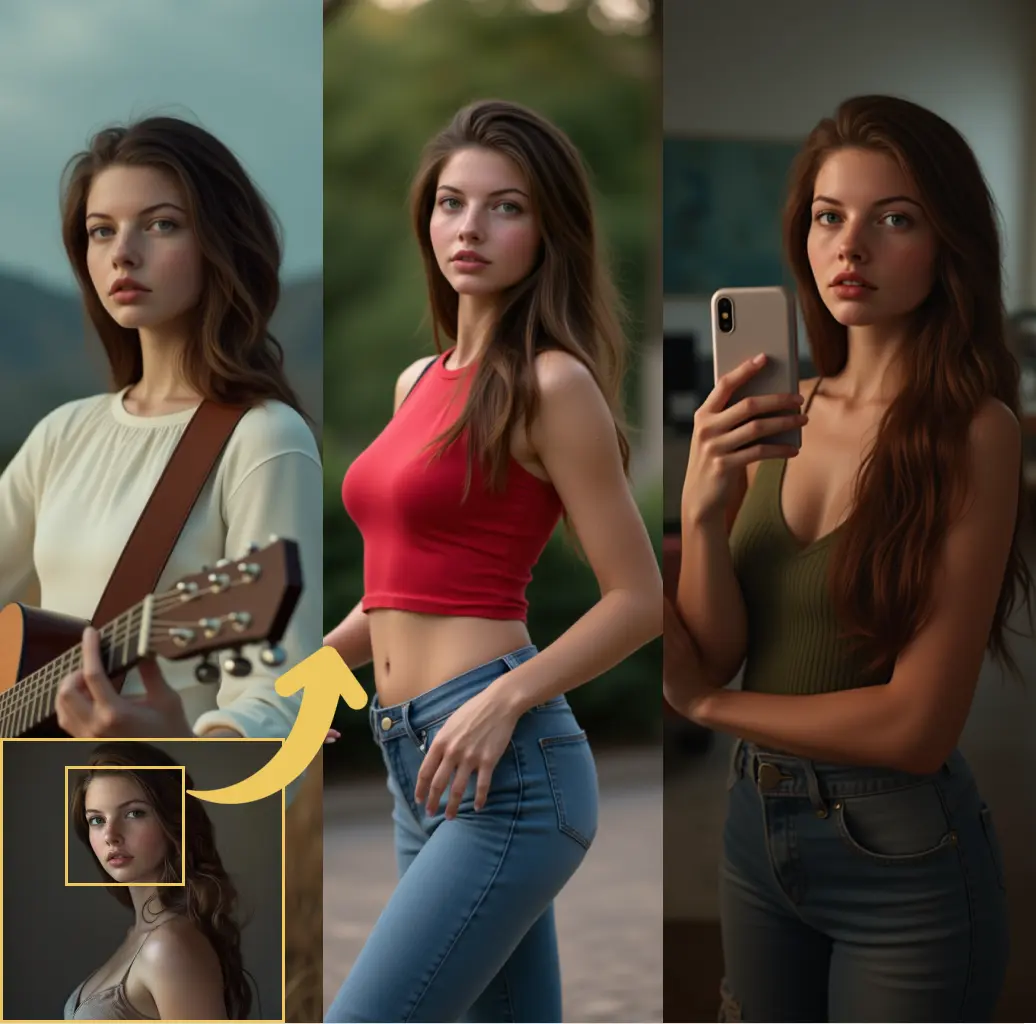ComfyUI Node: 📹 images to video (FFmpeg)
Bjornulf_imagesToVideo
CategoryBjornulf
justUmen (Account age: 3073days) Extension
Bjornulf_custom_nodes Latest Updated
2025-03-30 Github Stars
0.29K
How to Install Bjornulf_custom_nodes
Install this extension via the ComfyUI Manager by searching for Bjornulf_custom_nodes- 1. Click the Manager button in the main menu
- 2. Select Custom Nodes Manager button
- 3. Enter Bjornulf_custom_nodes in the search bar
Visit ComfyUI Online for ready-to-use ComfyUI environment
- Free trial available
- 16GB VRAM to 80GB VRAM GPU machines
- 400+ preloaded models/nodes
- Freedom to upload custom models/nodes
- 200+ ready-to-run workflows
- 100% private workspace with up to 200GB storage
- Dedicated Support
📹 images to video (FFmpeg) Description
Transform sequence of images into cohesive video file for animations or presentations, with format and audio options.
📹 images to video (FFmpeg):
The Bjornulf_imagesToVideo node is designed to transform a sequence of images into a cohesive video file, providing a seamless way to create animations or video presentations from static images. This node is particularly beneficial for AI artists and creators who wish to compile their image outputs into a video format for easier sharing or presentation. By leveraging this node, you can specify the desired video format, such as MP4 or WebM, and include audio tracks if needed, making it a versatile tool for multimedia projects. The node handles the conversion process efficiently, ensuring that the resulting video maintains high quality and synchronization with any accompanying audio. Its primary goal is to simplify the video creation process from images, allowing you to focus on the creative aspects rather than the technical details.
📹 images to video (FFmpeg) Input Parameters:
images
This parameter represents the list of images that you want to convert into a video. Each image should be in a compatible format, typically as a tensor, which the node will process sequentially to form the video frames. The quality and resolution of these images will directly impact the final video output.
format
The format parameter allows you to specify the desired output video format, such as "mp4" or "webm". This choice affects the compatibility and quality of the video, with MP4 being widely supported across various platforms and WebM offering better compression for web use. The default value is typically "mp4".
frames_per_second
This parameter determines the frame rate of the resulting video, measured in frames per second (fps). A higher fps results in smoother motion but may increase the file size, while a lower fps can create a more choppy effect. The default value is often set to 24 or 30 fps, which are standard for most video content.
audio
An optional parameter that allows you to include an audio track in the video. This can be provided as a dictionary containing the waveform and sample rate, or as a path to an existing audio file. Including audio can enhance the viewing experience by adding a soundtrack or narration to your video.
name_prefix
This parameter is used to define the prefix for the output video file's name. It helps in organizing and identifying the video files, especially when generating multiple videos in a sequence. The node will automatically append a unique number to this prefix to avoid overwriting existing files.
📹 images to video (FFmpeg) Output Parameters:
video_path
The output parameter video_path provides the file path to the generated video. This path is crucial for accessing and sharing the video file after its creation. It indicates where the video has been saved on your system, allowing you to easily locate and use the file in your projects.
📹 images to video (FFmpeg) Usage Tips:
- Ensure that all input images are of the same resolution to avoid inconsistencies in the video output.
- When including audio, make sure the audio length matches the video duration to maintain synchronization.
- Experiment with different frame rates to achieve the desired motion effect in your video, keeping in mind the trade-off between smoothness and file size.
📹 images to video (FFmpeg) Common Errors and Solutions:
Video file not found: <video_path>
- Explanation: This error occurs when the specified video file path does not exist or is incorrect.
- Solution: Verify that the video file path is correct and that the file exists at the specified location. Double-check for any typos or incorrect directory paths.
No frames were extracted from the video
- Explanation: This error indicates that the node was unable to extract any frames from the provided video file, possibly due to an incorrect file format or a corrupted file.
- Solution: Ensure that the input video file is in a supported format and is not corrupted. Try using a different video file to see if the issue persists.
📹 images to video (FFmpeg) Related Nodes
RunComfy is the premier ComfyUI platform, offering ComfyUI online environment and services, along with ComfyUI workflows featuring stunning visuals. RunComfy also provides AI Playground, enabling artists to harness the latest AI tools to create incredible art.




